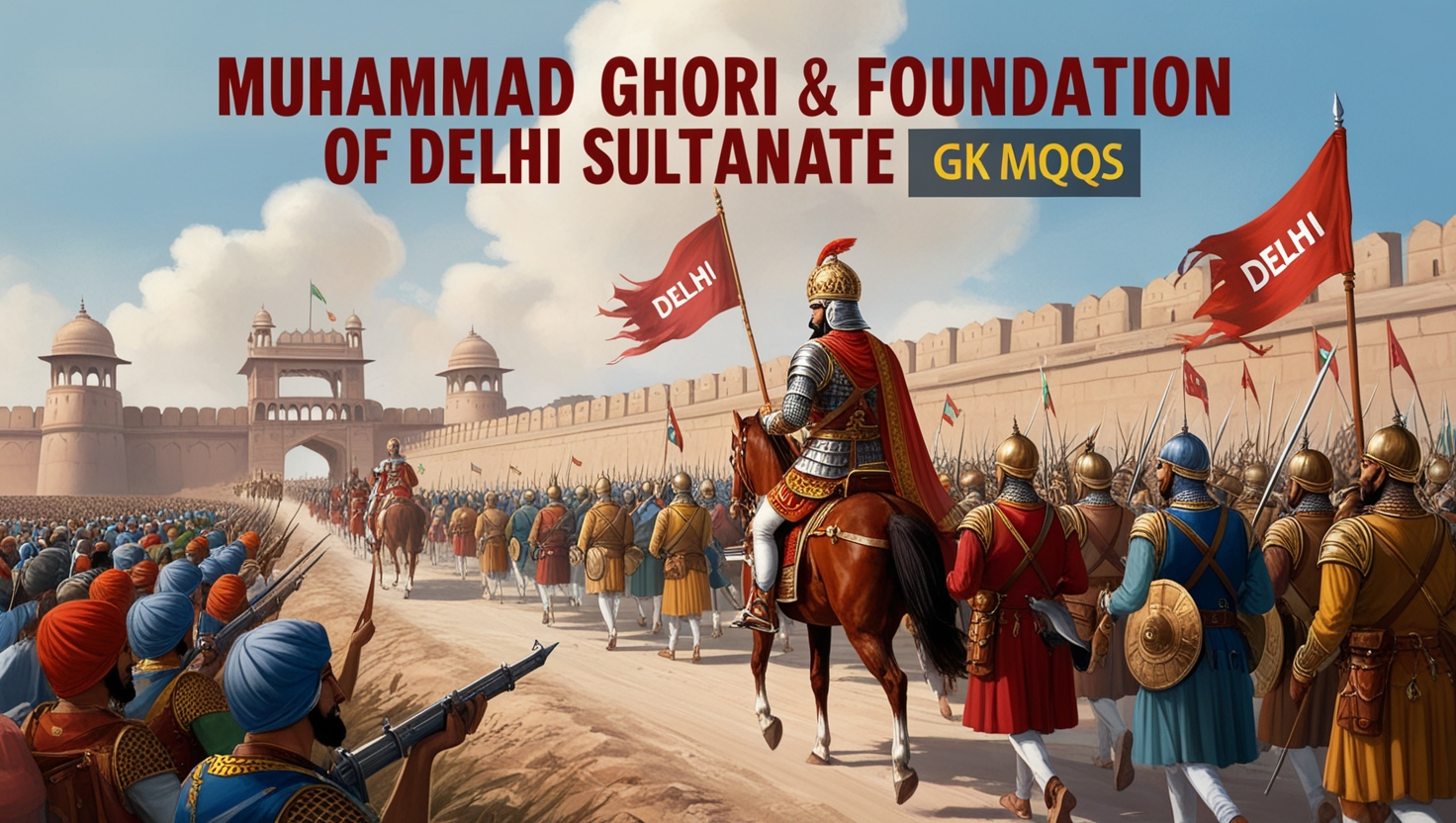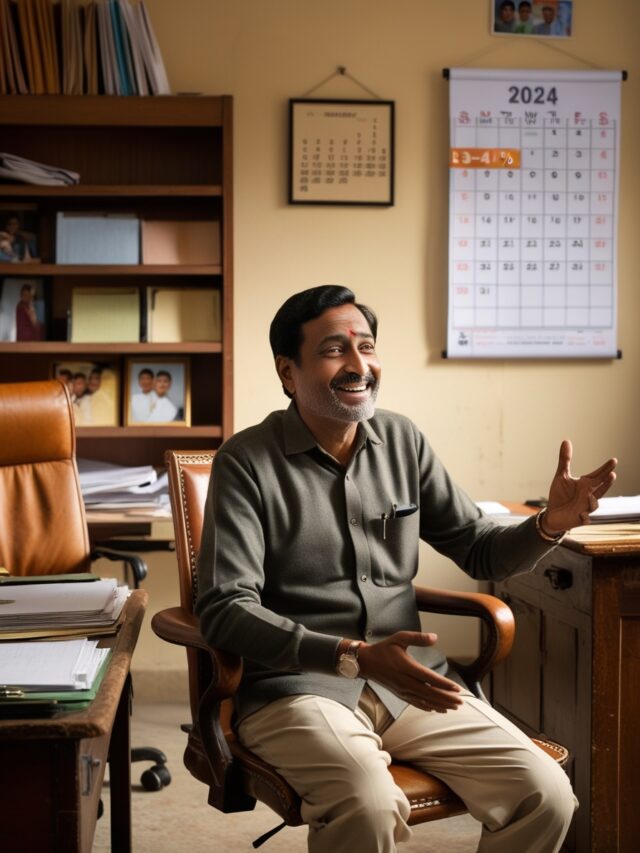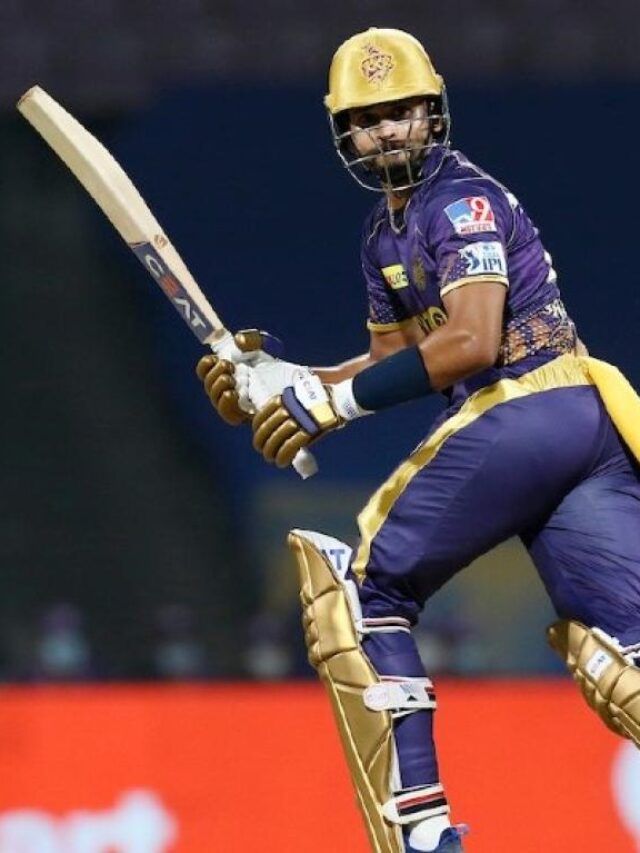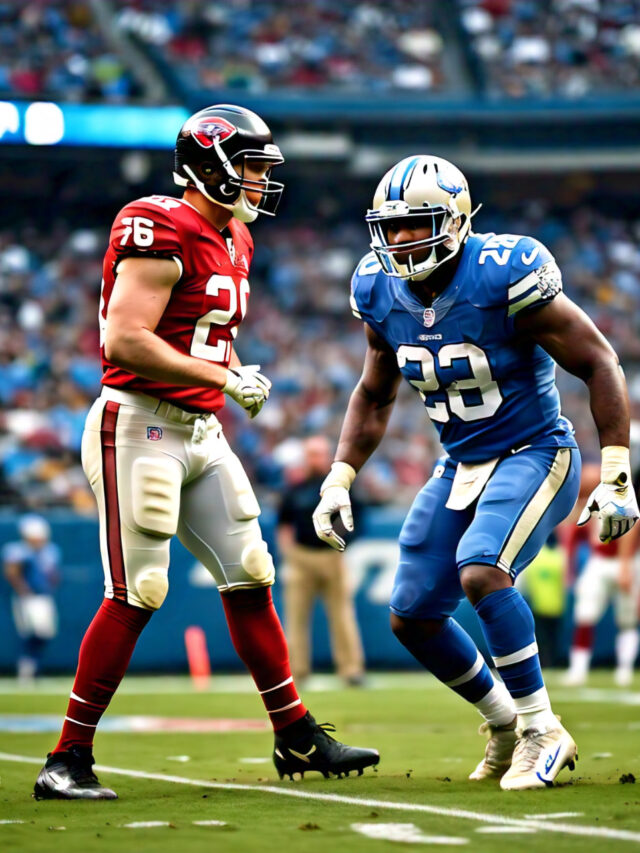
1. In medieval India, Solanki queen Naikidevi defeated which of the following invaders in the Battle of Kayadara?
- Mahmud Ghaznavi
- Mohammad Ghori
- Sabuktigin
- Mohammad Bin Qasim
Show Answer
Answer: Mohammad Ghori
In the Battle of Kayadara near Mount Abu, the Solanki queen Naikidevi defeated Mohammad Ghori, marking his first and last attack on India from the Gujarat side. This battle played a crucial role in preventing Ghori from expanding his influence into Gujarat.
2. Who among the following were the last belligerents against whom Mohammad Ghori had led a campaign?
- Khokhars
- Gohils
- Baghelas
- Bhattis
Show Answer
Answer: Khokhars
After suffering a defeat at the hands of the Shah of Khwarizm, Mohammad Ghori intervened to suppress a revolt by the Khokhars in central Punjab. This action aimed to restore law and order in the region before his eventual death, which occurred at the hands of the Khokhars.
3. In which year did Mohd. Ghori attack Multan in India?
- 1172 A.D
- 1175 A.D
- 1185 A.D
- 1190 A.D
Show Answer
Answer: 1175 A.D
Mohammad Ghori’s first invasion in the Indian subcontinent was directed against the Shia ruler of Multan in 1175 A.D. He later conquered the fortress of Uch in Sindh as part of his expansion into the region.
4. Which of the following was not a regional Hindu Kingdom in power at the time of attacks of Mohammad Ghori on India?
- Tomars of Delhi
- Gahadavlas of Kannauj
- Solankis of Gujarat
- Karkota Empire of Kashmir
Show Answer
Answer: Karkota Empire of Kashmir
The regional Hindu kingdoms in power during Mohammad Ghori’s attacks on India included the Tomars of Delhi, Gahadavlas (Rathors) of Kannauj, Solankis/Parmaras/Bagheals of Gujarat, and various others. The Karkota Empire of Kashmir existed earlier, between 625-885 AD, predating Ghori’s invasions.
5. Which of the following was the first target of Mohammad Ghori in the Indian subcontinent?
- Kashmir
- Punjab
- Multan
- Gujarat
Show Answer
Answer: Multan
Mohammad Ghori’s first invasion in the Indian subcontinent was on the Shia ruler of Multan in 1175 A.D. He then conquered the fortress of Uch in Sindh.
6. Who was the Ghaznavid ruler in Punjab when it was attacked by Mohammad Ghori?
- Khusrau Shah
- Khusrau Malik
- Bahram Shah
- Shirzad
Show Answer
Answer: Khusrau Malik
Khusrau Malik was the Ghaznavid Sultan ruling around the Punjab and Lahore region when Mohammad Ghori attacked. Ghori’s capture of Lahore in 1186 led to the imprisonment and possible execution of Khusrau Malik and his son.
7. Which of the following was the key objective of Mohammad Ghori’s invasion on India?
- Loot and plunder wealth of India
- To expand the Ghurid Empire
- To spread Islam by sword
- To punish Rajputs who attacked his dominions
Show Answer
Answer: To expand the Ghurid Empire
The major objective of Mohammad Ghori’s invasion of India was indeed to expand his empire and fulfill his imperialistic ambitions. While other factors like spreading Islam and acquiring wealth may have been secondary goals, territorial expansion was the primary focus.
8. In his initial attacks on India from the northern frontiers, Mohammad Ghori chose which of the following passes?
- Khyber Pass
- Gomal Pass
- Hajigak Pass
- Bolan Pass
Show Answer
Answer: Gomal Pass
Mohammad Ghori initially chose the Gomal Pass as his route for entering India. It connected Ghazni in Afghanistan with areas in present-day Pakistan, including Tank and Dera Ismail Khan. He considered this a safer and shorter route compared to the Khyber Pass, which was still under Ghaznavid control. Ghori later entered through the Khyber Pass.
9. In the first battle of Tarain, which fort was captured by Mohammad Ghori’s forces, triggering the battle between Ghurids and Chauhans?
- Kesgarh
- Phillaur
- Tabarhind
- Manuli
Show Answer
Answer: Tabarhind
In 1189, Mohammad Ghori’s forces captured Tabarhind (Bhatinda), leading to the first Battle of Tarain against the Chauhans. Ghori’s army was defeated in this battle, and he was wounded.
10. What name was used for Mohammad Ghori in the coins struck and issued in India after his victories?
- Sri Muizuddin Mohamad
- Sri Mahamad Sam
- Sri Ibn Sam
- Sri Mohammad Muizuddin
Show Answer
Answer: Sri Mahamad Sam
The coins struck and issued in India by Mohammad Ghori’s commanders often had “Sri Mahamad Sam” engraved in Devanagari script. Some coins even featured joint engravings of Prithvi Raj Chauhan and Mohammad Ghori, reflecting the complex political landscape of the time.
Q11: The Ghurids rose rapidly to power during which of the following centuries?
1. 10th century
2. 11th century
3. 12th century
4. 13th century
Show Answer
Answer: 3
Explanation: The Ghurid dynasty rapidly rose to power in the 12th century in the region between Ghazni and Herat, becoming a significant regional power.
Q12: The Seljuq defeat led to a struggle for power among which of the following kingdoms?
1) The Karakitai
2) The Khwarezm-Shahs
3) The Ghurids
Choose the right answer:
1. Only 1
2. Only 2
3. Only 2 and 3
4. All of the above
Show Answer
Answer: 3
Explanation: After the defeat of the Seljuqs in 1141 CE, a struggle for power ensued among the Karakitai, the Khwarezm-Shahs, and the Ghurids over parts of Central Asia and Iran.
Q13: Which of the following kings captured Ghazni from the Oguz Turkmen nomads?
1) Ghiyasuddin
2) Muizuddin
Choose the right answer:
1. Only 1
2. Only 2
3. Only 1 and 2
4. None
Show Answer
Answer: 1
Explanation: Ghiyasuddin, along with his nephew Muizuddin, captured the city of Ghazni in 1173 CE from the Oguz Turkmen nomads who had ruled it since the fall of the Ghaznavids.
Q14: Which of the following is considered the actual founder of the Islamic Empire in India?
a) Mahmud of Ghazni
1. Mahmud of Ghazni
2. Shahabuddin Muhammad
3. Alauddin Hussain
4. Ghiyath ud-din
Show Answer
Answer: 2
Explanation: Many historians consider Shahabuddin Muhammad, also known as Mui’zz ud-din Muhammad bin Sam or Muhammad Ghori, as the actual founder of the Islamic Empire in India.
Q15: Muhammad Ghori, the Sultan of the Ghurid Empire, ruled along with which of the following kings?
1. Alauddin Hussain
2. Masud I
3. Ghiyath ud-din
4. Masud II
Show Answer
Answer: 3
Explanation: Muhammad Ghori ruled the Ghurid Empire along with his brother Ghiyath ud-din from 1173 to 1202 CE.
Q16: Muhammad Ghori was the supreme ruler of the Ghurid empire during which of the following periods?
1. 1202-1206 CE
2. 1102-1106 CE
3. 1302-1306 CE
4. 1282-1286 CE
Show Answer
Answer: 1
Explanation: Shahabuddin Muhammad, popularly known as Muhammad Ghori, was the Sultan of the Ghurid empire from 1173 to 1202 CE. He became the supreme ruler of the Ghurid empire from 1202 to 1206 CE.
Q17: During which period did Muhammad Ghori lead an expedition against Multan?
1. 1175 CE to 1178 CE
2. 1180 CE to 1188 CE
3. 1200 CE to 1208 CE
4. 1075 CE to 1078 CE
Show Answer
Answer: 1
Explanation: Muhammad Ghori led an expedition against Multan during the period of 1175 CE to 1178 CE, which was largely successful. He also captured Uchch in Upper Sindh from the Bhatti Rajputs.
Q18: Chalukya ruler of Gujarat, Solanki Bhima II, defeated which of the following kings at the Battle of Kayadara?
1. Mahmud of Ghazni
2. Muhammad Ghori
3. Alauddin Hussain
4. Ghiyath ud-din
Show Answer
Answer: 2
Explanation: Solanki Bhima II, the Chalukya ruler of Gujarat, defeated Muhammad Ghori at the Battle of Kayadara. This battle took place three years after the conquest of Multan.
Q19: Muhammad Ghori conquered Punjab and Lahore during which period?
1. 1279-1286 CE
2. 1079-1086 CE
3. 1179-1186 CE
4. None of the above
Show Answer
Answer: 3
Explanation: After his defeat at the Battle of Kayadara, Muhammad Ghori launched a campaign against the Ghaznavid possessions in Punjab. He conquered Punjab and Lahore during the period of 1179-1186 CE.
Q20: The First Battle of Tarain was fought in which year?
1. 1191 CE
2. 1219 CE
3. 1300 CE
4. 1291 CE
Show Answer
Answer: 1
Explanation: The First Battle of Tarain took place in 1191 CE near Tarain (modern-day Taraori) in Haryana, India. In this battle, the Chahamana king Prithviraj Chauhan defeated the Ghurid king Mu’izz al-Din.
Q21: Prithviraj Chauhan defeated which of the following kings in the First Battle of Tarain?
1. Alauddin Hussain
2. Mahmud of Ghazni
3. Muhammad Ghori
4. Ghiyath ud-din
Show Answer
Answer: 3
Explanation: In the First Battle of Tarain, Prithviraj Chauhan, the Chahamana king, defeated Muhammad Ghori, marking a significant victory for the Indian ruler. This battle occurred in 1191 CE.
Q22: The Second Battle of Tarain was fought in which year?
1. 1192 CE
2. 1219 CE
3. 1292 CE
4. 1319 CE
Show Answer
Answer: 1
Explanation: The Second Battle of Tarain took place in 1192 CE, where Muhammad Ghori retaliated against Prithviraj Chauhan, emerging victorious in this battle.
Q23: After the defeat of Prithviraj Chauhan, he was allowed to rule over which of the following areas?
1. Jaipur
2. Ajmer
3. Alwar
4. Ujjain
Show Answer
Answer: 2
Explanation: After Prithviraj Chauhan’s defeat in the Second Battle of Tarain, he was captured but later allowed to rule over Ajmer for some time
Q24: Which of the following sources mentions that Prithviraj Chauhan ruled Ajmer even after his defeat in the second Battle of Tarain?
1. Coins
2. Paintings
3. Inscriptions
4. None of the above
Show Answer
Answer: 1
Explanation: The coins minted during the period after Prithviraj Chauhan’s defeat in the Second Battle of Tarain featured the legend Prithvirajadeva on one side and the words Sri Muhammad Sam on the other, suggesting that he continued to rule over Ajmer for a certain period.
Q25: Ghori defeated which of the following rulers in the Battle of Chandwar?
1. Jaichandra
2. Prithviraj Chauhan
3. Mahmud of Ghazni
4. Sawai Man Singh
Show Answer
Answer: 1
Explanation: The Battle of Chandwar was fought between Muhammad Ghori and Jaichandra of Kannauj, who belonged to the Gahadavala dynasty. Ghori emerged victorious in this battle, defeating Jaichandra.
Q26: Which of the following battles laid the foundations of Turkish rule in Northern India?
1) Battle of Tarain
2) Battle of Chandwar
Choose the right answer:
1. Only 1
2. Only 2
3. both 1 and 2
4. None
Show Answer
Answer: 3
Explanation: The battles of Tarain and Chandwar, fought between Muhammad Ghori and Indian rulers, played a crucial role in the establishment of Turkish rule in Northern India.
Q27: Who was the viceroy of Muhammad Ghori?
1. Muhammad Bakhtiyar Khalji
2. Alauddin Hussain
3. Qutab-ud-din Aibak
4. Ghiasuddin Tughlaq
Show Answer
Answer: 3
Explanation: After Muhammad Ghori’s invasion of India, Qutab-ud-din Aibak was appointed as his viceroy and given charge of the Indian conquests.
Q28: Qutbuddin made which of the following places his headquarters before embarking on a campaign of expansion?
1. Ajmer
2. Punjab
3. Delhi
4. Agra
Show Answer
Answer: 3
Explanation: Qutbuddin Aibak made Delhi his headquarters in 1193 CE before embarking on a campaign of expansion.
Q29: Qutab-ud-din Aibak defeated which of the following kings to capture Gujarat?
1. Bhima I
2. Jayachand
3. Bhima II
4. Karna II
Show Answer
Answer: 3
Explanation: In 1195 CE, Qutab-ud-din Aibak attacked and defeated Bhima II, the Solanki king of Gujarat, capturing Gujarat in the process.
Q30: Which of the following destroyed the universities of Nalanda and Vikramshila?
1. Muhammad Bakhtiyar Khalji
2. Qutab-ud-din Aibak
3. Muhammad Ghori
4. Ghiasuddin Tughlaq
Show Answer
Answer: 1
Explanation: Muhammad Bakhtiyar Khalji, one of the generals of Muhammad Ghori, conquered Bihar in 1197 CE and Bengal in 1202 CE. He was responsible for the destruction of the universities of Nalanda and Vikramshila.
Q31: Alberuni was a present in during the period of which one of the following?
1. Mahmud Gaznavi
2. Mohammad Ghori
3. Alaudin Khilji
4. Firozshah Tughlaq
Show Answer
Answer: 1
Explanation: Alberuni was a present in during the period of Mahmud Ghaznavi.
Q32: Which Rajput ruler defeated Mohammad Ghori for the first time?
1. Prithviraj III
2. Jaichand
3. Baghel Bhim
4. Kumarpala
Show Answer
Answer: 1
Explanation: Prithviraj III defeated Mohammad Ghori for the first time.








Leave a Reply